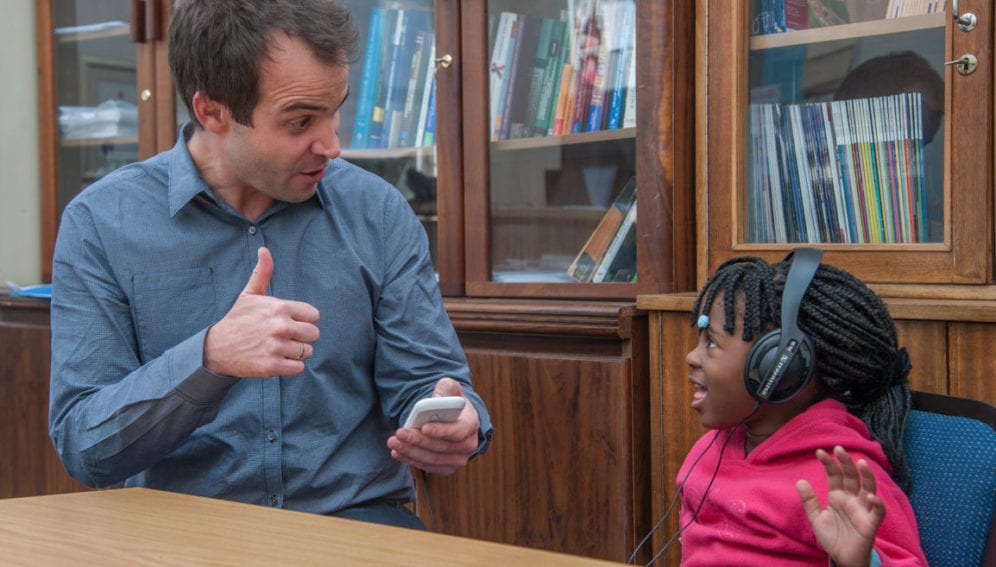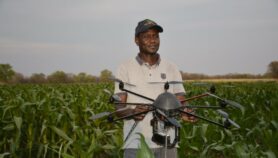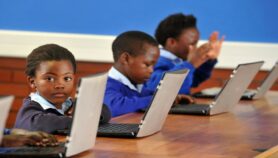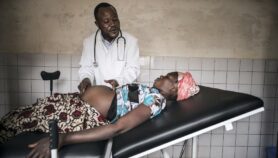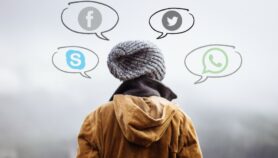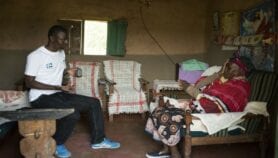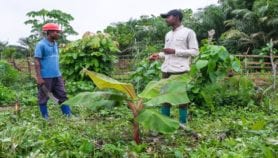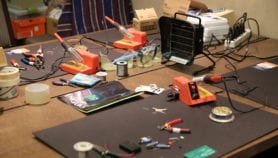Send to a friend
The details you provide on this page will not be used to send unsolicited email, and will not be sold to a 3rd party. See privacy policy.
[CAPE TOWN] Researchers have developed an innovative smartphone app that makes it easier and cheaper to screen people for hearing loss in the world’s developing regions such as Sub-Saharan Africa.
The ‘hearScreen’ technology — an Android smartphone application used in combination with headphones — aids hearing screening with test signals being gauged against national or international standards.
De Wet Swanepoel, a professor of audiology at the University of Pretoria, South Africa, led a team of researchers, including colleagues from the University of Western Australia to develop the app.
“This new app certainly takes us further down the road of bringing audiological procedures to the communities needing the help of hearing health specialists.”
Jackie Clark, University of Texas at Dallas, United States
Swanepoel says hearScreen is a cost-effective hearing screening app with integrated quality control that has the ability to monitor environmental noise and capture data.
He tells SciDev.Net that the innovation brings hearing screening to mobile health platforms to increase access for underserved communities through non-specialist health personnel such as community health workers.
The WHO says more than 360 million people, including 32 million children, suffer from permanent hearing loss.
The app was tested in three studies, including one involving 162 school children in South Africa aged five to seven years. The results were compared with outcomes from conventional hearing screening methods performed on the same children.
“Smartphone and conventional hearing screening methods were in agreement in 97.8 per cent of ears assessed,” the researchers note in the study published in the International Journal of Audiology this month (7 July).
According to the study, the smartphone app could detect hearing loss in 4.3 per cent of the children and the corresponding figure for conventional methods was 3.7 per cent, but there was no statistical difference between the approaches.
Jackie Clark, a clinical associate professor at the US-based University of Texas at Dallas, who was not involved in the study, says the app has clever self-calibration feature that yields accurate findings when activated.
Clark, who is a fellow of the American Academy of Audiology, adds that a typical screening audiometer is large, non-portable, dependent upon electricity, and costs from US$10,000 to US$25,000. Because the equipment is expensive and can easily lose accuracy from power outages, audiology is often conducted in major cities, she explains.
“This new app certainly takes us further down the road of bringing audiological procedures to the communities needing the help of hearing health specialists,” Clark tells SciDev.Net.
“The app could cost four to five times less than a typical hearing screening equipment,” according to Swanepoel.
Thomas Niesler, a professor with the digital signal processing group at the University of Stellenbosch, South Africa, agrees that if it works, the app would improve accessibility to audiological testing by reducing the financial barrier associated with the expensive traditional equipment.
“However, the operator still needs to be properly trained — the smartphone may be able to replace the usual equipment, but not the human expertise needed to properly apply the tests,” notes Niesler.
Swanepoel says hearScreen is in the final commercialisation stage in South Africa and is expected to be released towards the end of 2014.
Link to abstract in International Journal of Audiology
This article has been produced by SciDev.Net's Sub-Saharan Africa desk.
References
International Journal of Audiology doi 10.3109/14992027.2014.920965 (2014)


